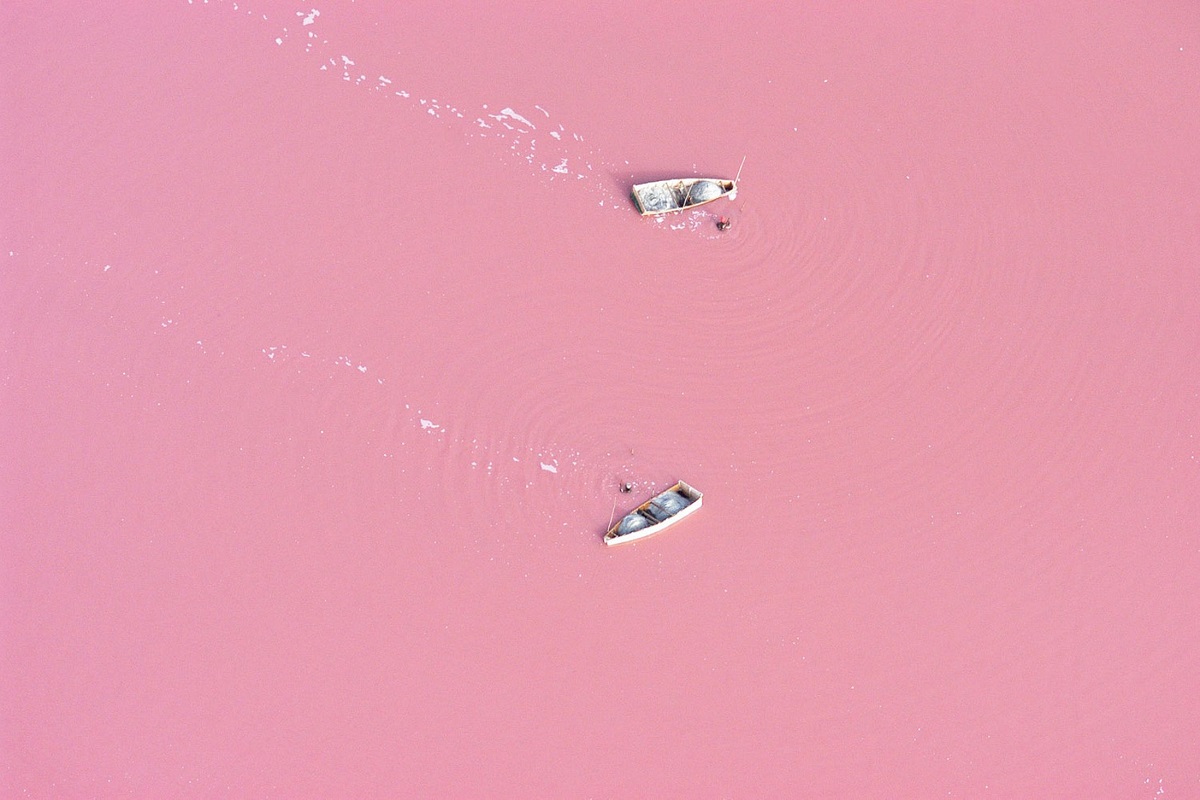West Africa
WEST AFRICA
GHANA

Overview
AKWAABA! An expression you will hear several times daily as you travel around Ghana, one that will ring in your ears and night and put a smile on you face for weeks after you have left. It means: «Welcome».
Welcome to a land with sandy palm-shaded beaches and jungle-fringed aquamarine lagoons, Ghana’s long tropical coastline, though far from being a mainstream resort area, is arguably its biggest draw card for independent travellers.
Inland of the coast, Ghana sets out its credentials as a dream destination for ecologically-minded tourists, with a range of habitats embracing dense rainforests in the south, savannah in the centre, hiker-friendly mountains dotted with dramatic waterfalls in the east, and relatively arid sub-Sahelian plains in the far north.
| Bordering Countries | Capital City | Currency |
| Ivory Coast, Burkina Faso, Togo | Accra | Ghana Cedi (GHS) |
| Official Language | Largest City | Dialling code |
| English | Accra | +233 |
When to go
Ghana has a typically tropical climate thanks to its proximity to the equator and low elevations, the entire country lies below 1,000m (3300ft). Daytime temperatures are high throughout the year, approaching or surpassing 30°C (86°F) on most days, and humidity is also very high, especially along the coast. Temperatures tend to drop to around 20°C (68°F) drop at night, more noticeably in the relatively dry north than the humid south. The most temperate part of Ghana is the highlands area flanking the Volta Basin, which is often pleasantly cool after dusk.
Best time to go: July to August (Tends to be less rain during this time in the north, and generally no rain in the south)
High Season: June to August
Low Season: September to December
Best Weather: July to October (Northern regions slightly cooler)
Worst Weather: April to June (When it’s the rainiest)
Fast Fact
Kejetia market is the largest open air market in West Africa, located in Kumasi. Everything can be found there, from local crafts such as cloth, sandals and beads, to second-hand clothing and jeans
Electricity / Voltage
Plugs / sockets are usually an issue when it comes to traveling, so always make sure you travel with a universal plug adapter
The voltage is 230 V
The plug used is G
The electrical frequency is 50 Hz
SENEGAL
Overview
Senegal is the place to head in West Africa. Long sandy-white beaches, a hip music scene, a crumbling colonial heritage, wildlife and incredibly friendly people make it a superb place for those who want to explore African culture, or just kick back and get into the vibe of the real Africa.
Couched between the arid desert lands in Northern Senegal and lush tropical forests in the south, this country boasts a stunning array of sights, sounds and flavours. The capital Dakar alone hands you the country in a capsule. Perched on the tip of a beach-lined peninsula, this dizzying city is composed elegance and street hustle all rolled into one.
The busy streets, vibrant markets and glittering nightlife will easily draw you into their relentless rhythm, but the escape route is always open — be it to the meditative calm of the historical I’le de Gorée or the golden sands of Yoff and N’Gor. And if Dakar’s sensory overload really gets too much, architecturally beautiful Saint-Louis, the first French settlement in West Africa, boasts a vibrant urban culture without the inner-city bustle.
| Bordering Countries | Capital City | Currency |
| Mauritania, Mali, Guinea, Guinea Bissau, Gambia | Dakar | West African Franc (CFA) |
| Official Language | Largest City | Dialling code |
| French | Dakar | +221 |
When to go
Senegal is favoured by a warm climate. The dry season runs from December through to April with cool trade winds in coastal areas. Throughout the rest of the year, a hot monsoon wind blows from the south bringing the rainy season and hot, humid weather. Rainfall is heaviest in the Casamance and in the southeast and slight in the Sahelian region in the north and northeast, where temperatures tend to be higher.
Best time to go: November to February (Dry and coll season)
High Season: December to May
Low Season: June and September
Best Weather: December to April
Worst Weather: May to November (Extreme wet with the weather at its warmest and most humid)
Birding: November to April (Migratory birds arrive in Senegal)
Beach Holiday: February to April (Waters are clear and just perfect for swimming and scuba diving)
Fast Fact
The Senegambian Stone Circles (Wanar and Sine Ngayene) were added to the UNESCO World Heritage List in 2006. Each circle comprises ten to twenty-four stones, some weighing in at almost ten tones
Electricity / Voltage
Plugs / sockets are usually an issue when it comes to traveling, so always make sure you travel with a universal plug adapter
The voltage is 230 V
The plugs used are C or D or E or K
The electrical frequency is 50 Hz

Contacts
AFRICA +27 11 234-5090
NORTH AMERICA 1-877-778-8436 (Toll free)
EUROPE +44 203 286-6770General email: requests@itravelafrica.com
Subscribe
